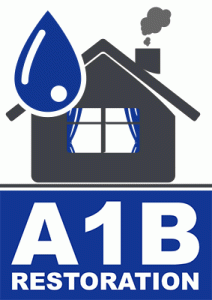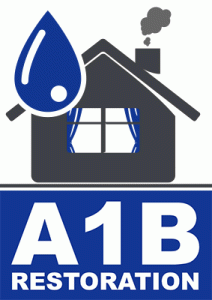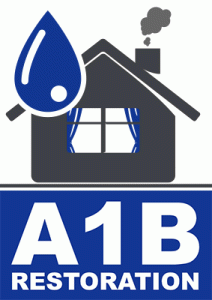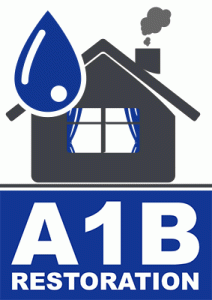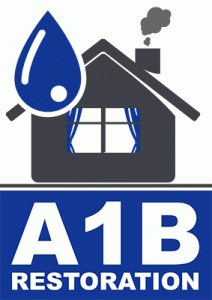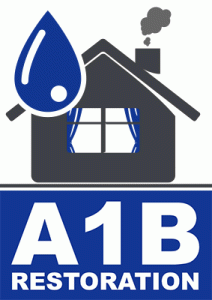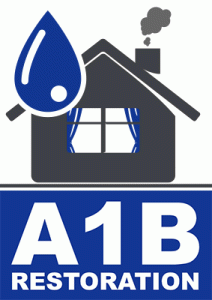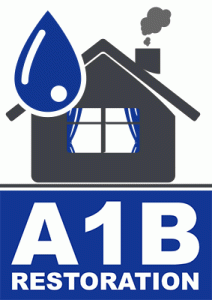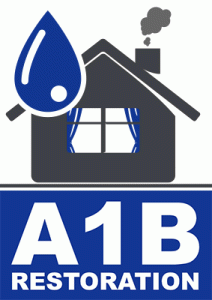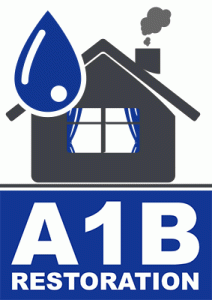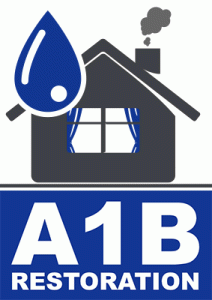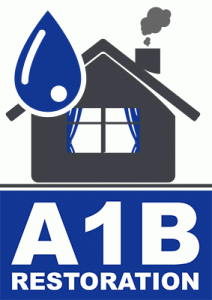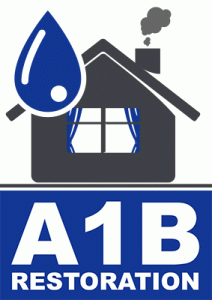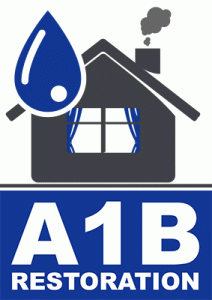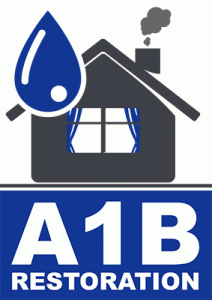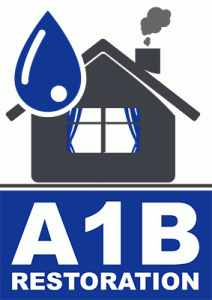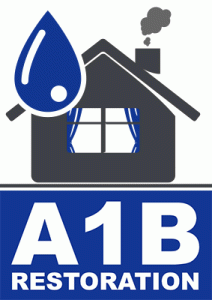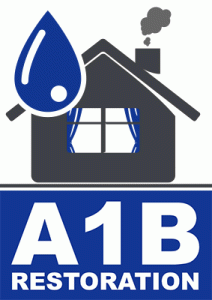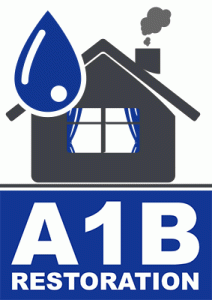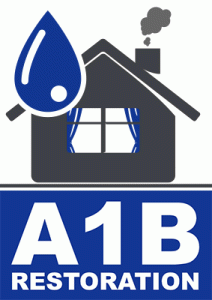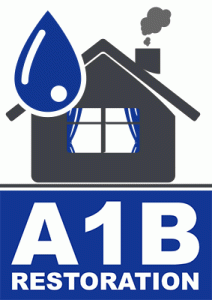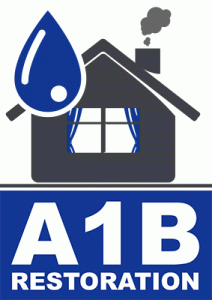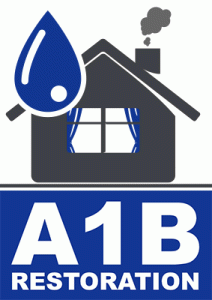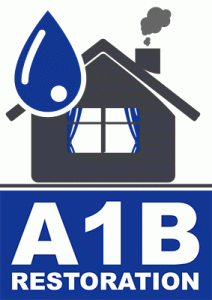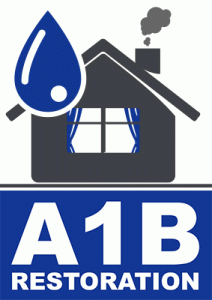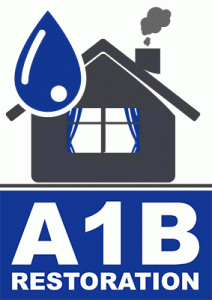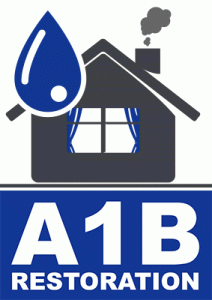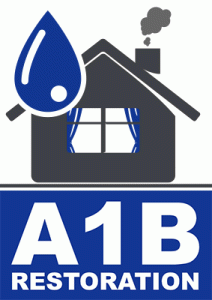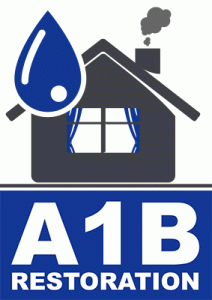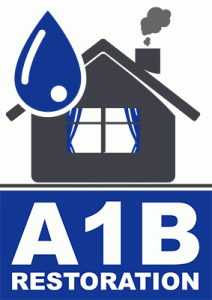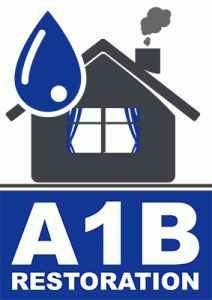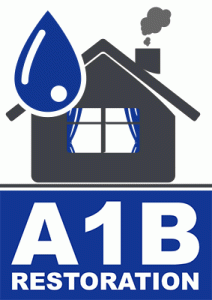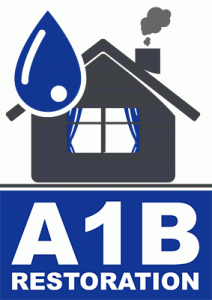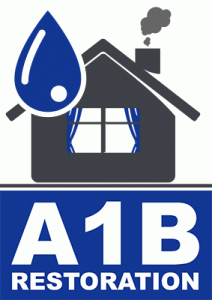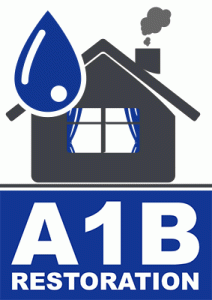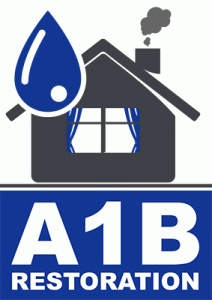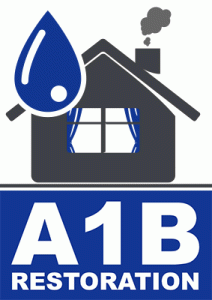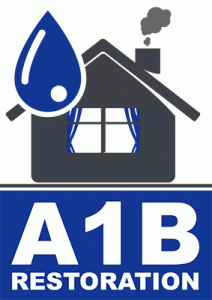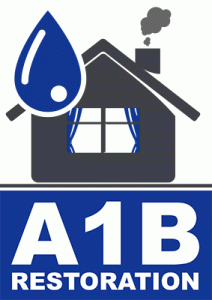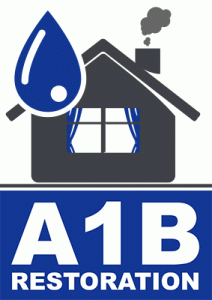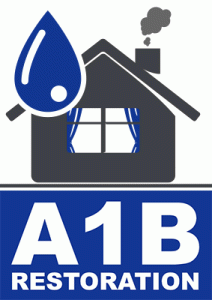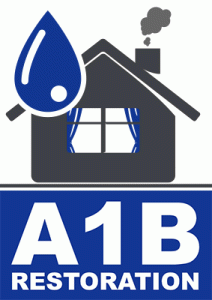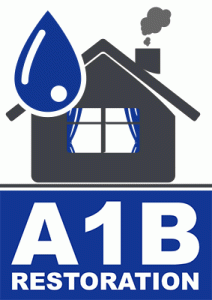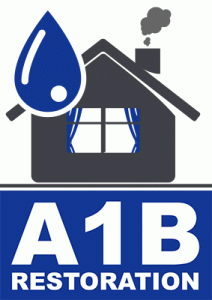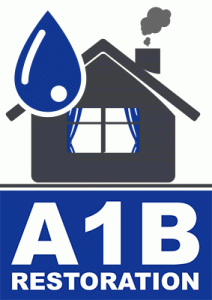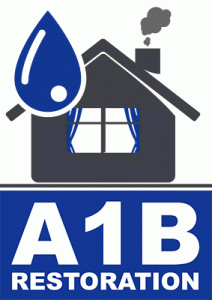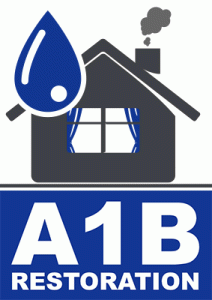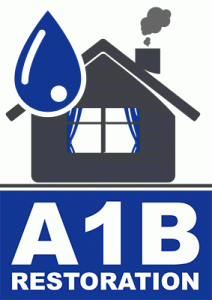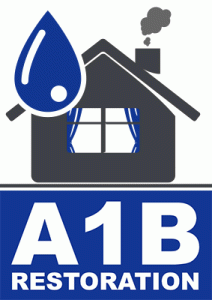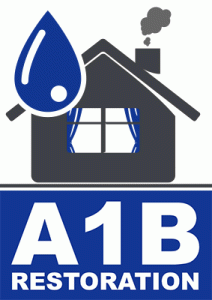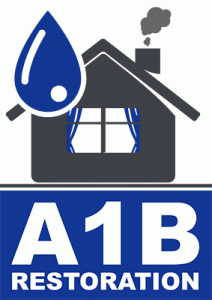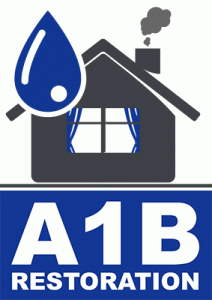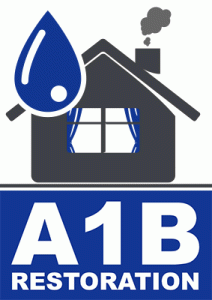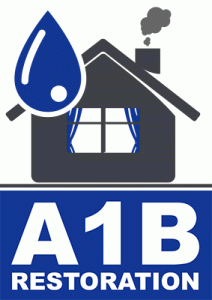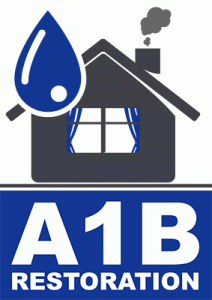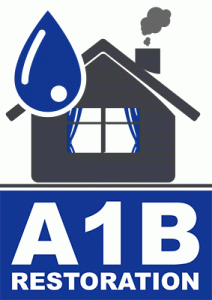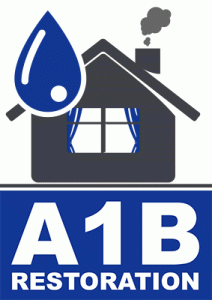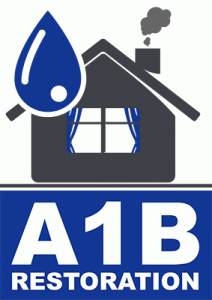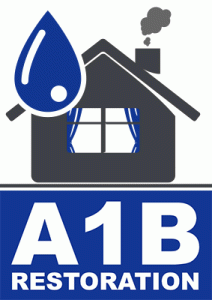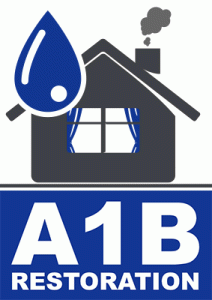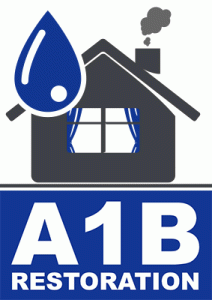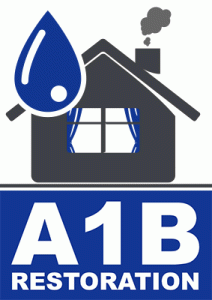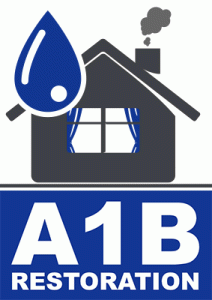The Role of Water Damage Restoration in Home Renovations
Home renovations can be a thrilling yet daunting task. While focusing on aesthetics and functionality, it’s crucial not to overlook potential underlying issues that might compromise the integrity of your home. One such critical aspect is water damage. Ignoring water damage during renovations can lead to significant structural problems, health risks, and increased costs. In this post, we will explore the vital role of water damage restoration in home renovations, ensuring your project is not only beautiful but also safe and durable.
Understanding Water Damage
Water damage occurs when water intrudes into your home, leading to the rotting of wood, growth of mold, rusting of steel, and delamination of materials. It’s a common issue that can stem from various sources like leaky roofs, broken pipes, or natural disasters. According to the Insurance Information Institute, water damage accounts for about 29% of all homeowner insurance claims, highlighting its prevalence and potential impact.
Types of Water Damage
Understanding the types of water damage is essential for effective restoration:
- Clean Water Damage: This results from broken pipes or overflowing sinks and is relatively easier to handle.
- Grey Water Damage: Caused by appliance malfunctions, it may contain contaminants and requires professional handling.
- Black Water Damage: Stemming from sewage or flooding, this type is highly hazardous and demands immediate professional intervention.
Importance of Water Damage Restoration in Renovations
Addressing water damage before or during renovations is crucial for several reasons:
Preserving Structural Integrity
Ignoring water damage can weaken the structural components of your home, such as beams and walls, leading to costly repairs in the future. Proper restoration ensures that these vital elements are strong and reliable.
Preventing Mold Growth
Water damage is a breeding ground for mold, which can cause serious health issues like respiratory problems and allergies. By addressing water damage, you can prevent mold growth and ensure a healthy living environment.
Avoiding Costly Future Repairs
Proactively managing water damage during renovations can save you from expensive repairs down the line. The National Association of Home Builders states that water damage repairs can cost homeowners between $2,000 to $10,000, depending on the severity.
Steps in Water Damage Restoration
Effective water damage restoration involves several key steps:
Inspection and Assessment
Professional restoration begins with a thorough inspection to identify the extent of the damage. This step is crucial to develop a tailored restoration plan that addresses all affected areas.
Water Removal
Using specialized equipment like pumps and vacuums, professionals remove standing water to prevent further damage. Swift water removal is essential to minimize damage and reduce restoration time.
Drying and Dehumidification
After water removal, the affected areas need to be thoroughly dried. Industrial-strength dehumidifiers and air movers are employed to eliminate moisture and prevent mold growth.
Cleaning and Sanitizing
This step involves cleaning and sanitizing the affected areas to remove contaminants and ensure a safe environment. Professionals use antimicrobial treatments to prevent mold and bacteria growth.
Restoration and Repairs
The final step involves restoring your home to its pre-damage state. This may include minor repairs like replacing drywall or major reconstruction efforts, depending on the damage extent.
Choosing the Right Water Damage Restoration Professional
Selecting a qualified restoration professional is crucial for effective water damage management:
Experience and Certification
Look for professionals with certification from recognized bodies like the Institute of Inspection, Cleaning and Restoration Certification (IICRC). Experienced professionals are more likely to deliver high-quality results.
Emergency Services
Water damage needs prompt attention. Choose a company that offers 24/7 emergency services to address issues swiftly and minimize damage.
Reputation and Reviews
Research reviews and testimonials from previous clients to gauge the reputation and reliability of the restoration company. Positive feedback is a good indicator of quality service.
Integrating Water Damage Prevention in Renovations
Incorporating water damage prevention measures into your renovation plans can safeguard your home against future issues:
Improve Drainage Systems
Ensure your home has efficient drainage systems to prevent water accumulation. Consider installing sump pumps and ensuring gutters and downspouts are clean and functional.
Use Water-Resistant Materials
Opt for water-resistant materials like vinyl flooring or moisture-resistant drywall in areas prone to water exposure, such as bathrooms and basements.
Regular Maintenance Checks
Conduct regular maintenance checks on plumbing systems, roofs, and appliances to identify and rectify potential issues before they escalate.
Conclusion
Water damage restoration plays a crucial role in ensuring the success of home renovations. By addressing existing water damage and incorporating preventive measures, you can protect your investment and enhance the longevity of your home. Remember, a safe and healthy living environment is just as important as a beautiful one. Don’t hesitate to engage professional restoration services to ensure your renovation project is a resounding success.
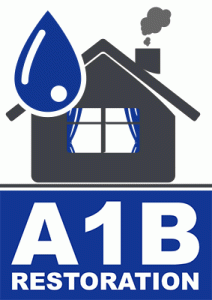
water damage restoration services near me Allen Texas
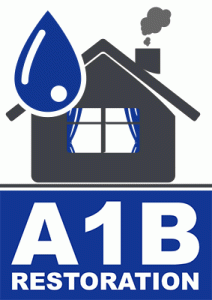
Grand Prairie TX water damage restoration companies
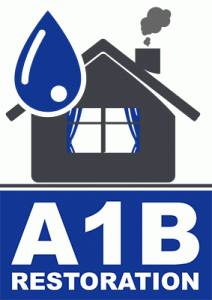
emergency water damage restoration Haltom City Texas
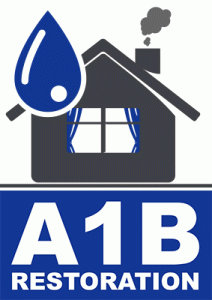
Preston Hollow Dallas Texas water cleanup company

best water damage restoration near me Lakewood Dallas Texas

Garland TX water damage restoration companies near me

The Colony Texas water damage restoration service near me
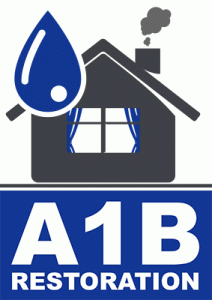
Little Elm TX water damage restoration companies

Water Damage
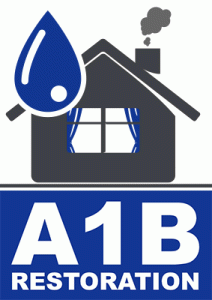
water damage restoration services near me Flower Mound Texas
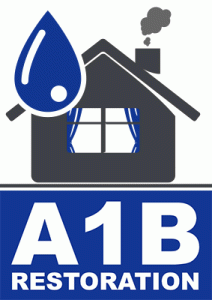
residential water damage restoration Cedar Hill Texas

Garland Texas water damage restoration service near me
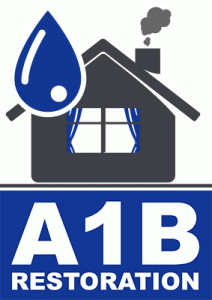
Southlake Texas restoration water damage companies

Lakewood Dallas Texas disaster restoration companies

Lewisville Texas water damage restoration near me

Lake Highlands Dallas Texas disaster restoration companies

Addison Texas water damage restoration service near me
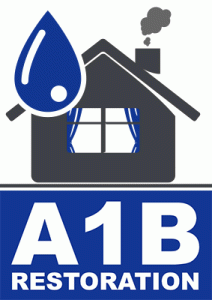
North Richland Hills Texas disaster restoration companies

Flower Mound Texas restoration water damage companies
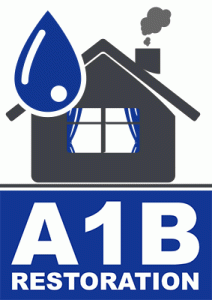
Cedar Hill Texas water damage restoration service near me

Plano TX water damage restoration companies near me

The Colony TX water damage restoration companies
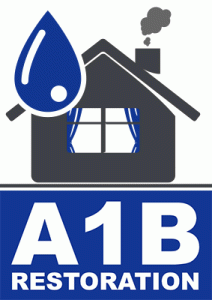
Lake Highlands Dallas TX home water damage restoration
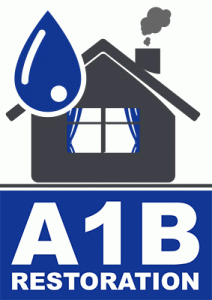
Flower Mound TX water damage restoration services

Flower Mound TX water damage restoration companies
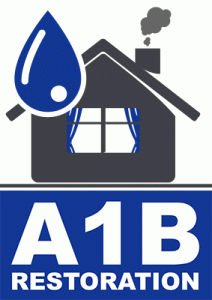
North Richland Hills TX restoration water damage experts
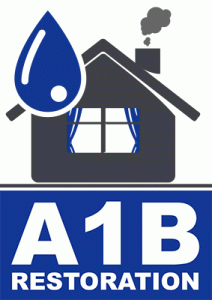
North Richland Hills TX water restoration services

water damage restoration services near me Allen Texas
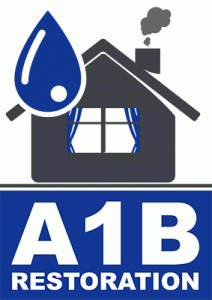
restoration company water damage North Richland Hills Texas

water restoration company North Richland Hills Texas
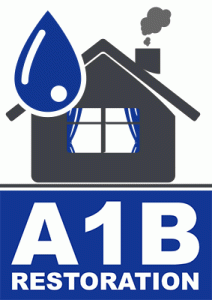
water damage cleanup companies Highland Park Texas
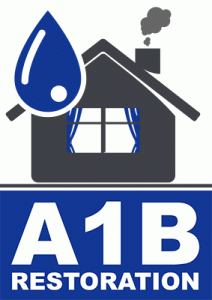
water restoration companies near me Royse City Texas
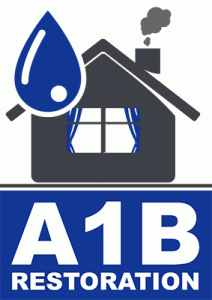
restoration services water damage Lakewood Dallas Texas

restoration company water damage Flower Mound Texas


